FLUX 1 Prompts Guide – Including Best Practices
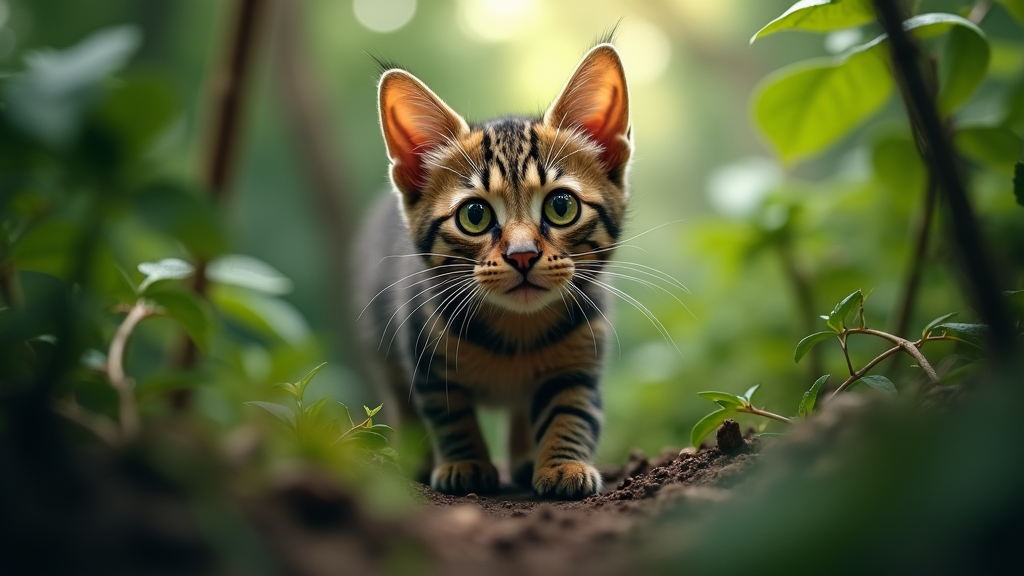
Introduction to FLUX.1
FLUX.1, developed by Flux AI, is a text-to-image AI model created by Black Forest Labs in 2024. It uses a technique called “flow matching” to generate detailed images from text descriptions. Users can experience FLUX.1 through the Flux AI Image Generator and optimize their prompts using the Flux Prompt Generator.
Try this tool to create consistent characters.
Or this tool to generate AI tiktoks in just seconds.
FLUX.1 Variants
- FLUX.1 [Pro]: The main Flux AI model, suitable for professional use.
- FLUX.1 [Dev]: Open-weight version for non-commercial applications.
- FLUX.1 [Schnell]: Fast model for local development, available under Apache 2.0 license.
Key Features
- Detailed image generation
- Accurate prompt interpretation
- Versatile style reproduction
- Advanced text rendering
- Diverse outputs
- Flexible image sizes and proportions
Technical Overview
FLUX.1 uses a hybrid architecture with 12 billion parameters, incorporating flow matching, rotary positional embeddings, and parallel attention layers.
Prompt Components
- Subject
- Style
- Composition
- Lighting
- Color Palette
- Mood/Atmosphere
- Technical Details
- Additional Elements
Prompt Crafting Techniques
Be Specific and Descriptive Example: “A close-up portrait of a middle-aged woman with curly red hair, green eyes, and freckles, wearing a blue silk blouse
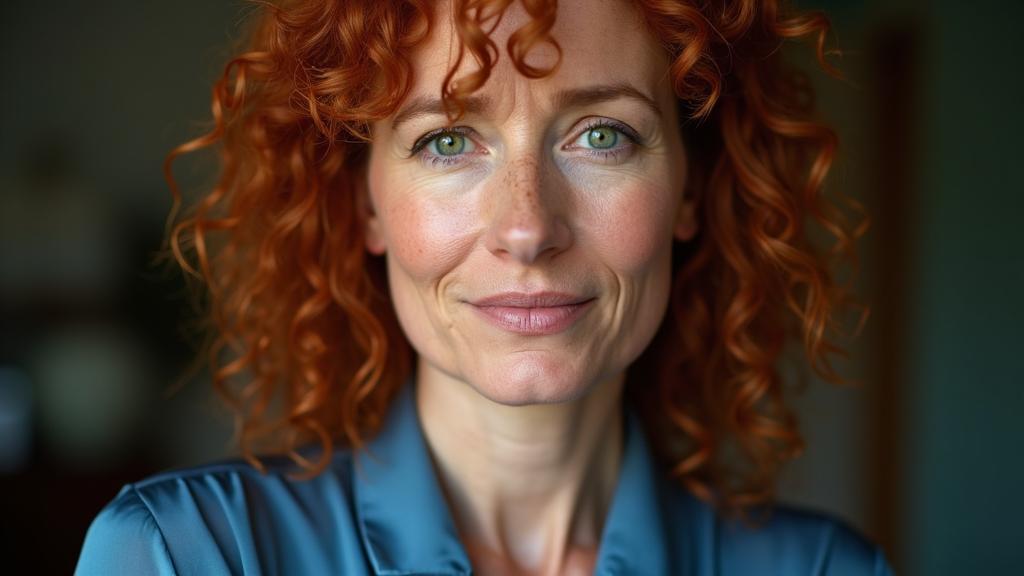
Use Artistic References Example: “Create an image in the style of Vincent van Gogh’s ‘Starry Night,’ but replace the village with a futuristic cityscape.”
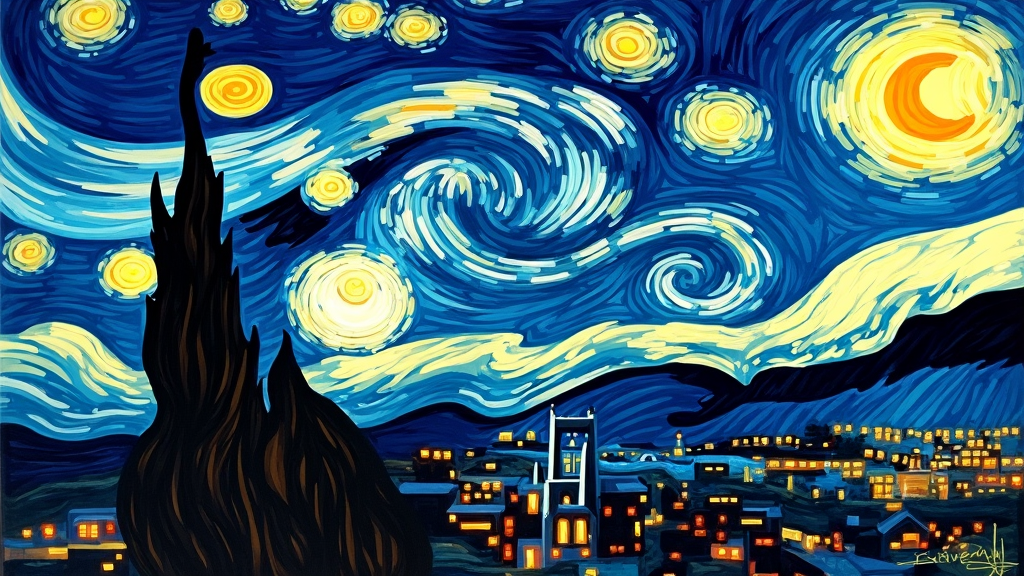
Specify Technical Details Example: “Capture a street food vendor in Tokyo at night, shot with a wide-angle lens (24mm) at f/1.8.”
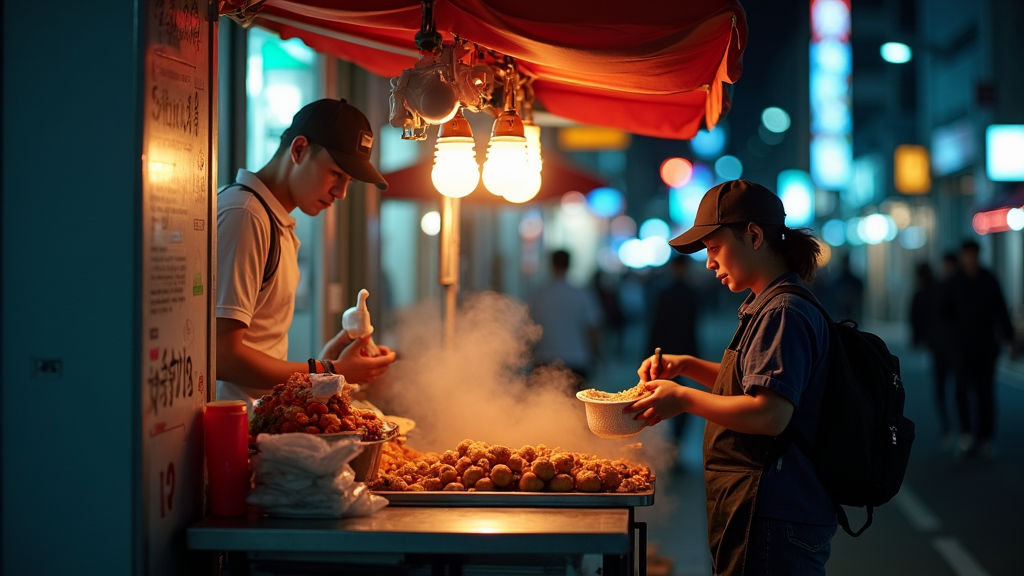
Blend Concepts Example: “Illustrate ‘The Last Supper’ by Leonardo da Vinci, but reimagine it with robots in a futuristic setting.”
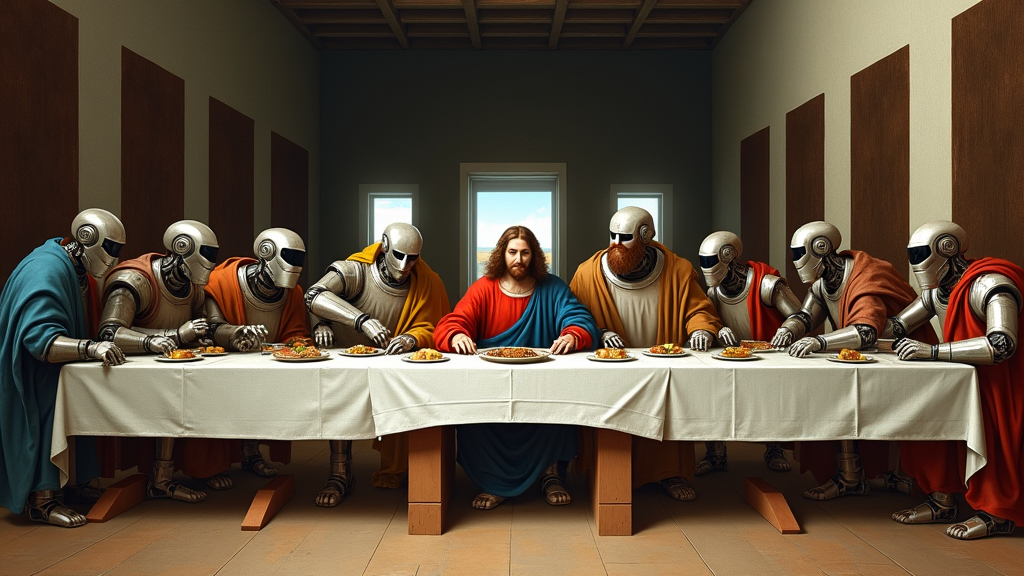
Use Contrast and Juxtaposition Example: “Create an image that juxtaposes the delicate beauty of nature with the harsh reality of urban decay.”

Incorporate Mood and Atmosphere Example: “Depict a cozy, warmly lit bookstore cafe on a rainy evening.”
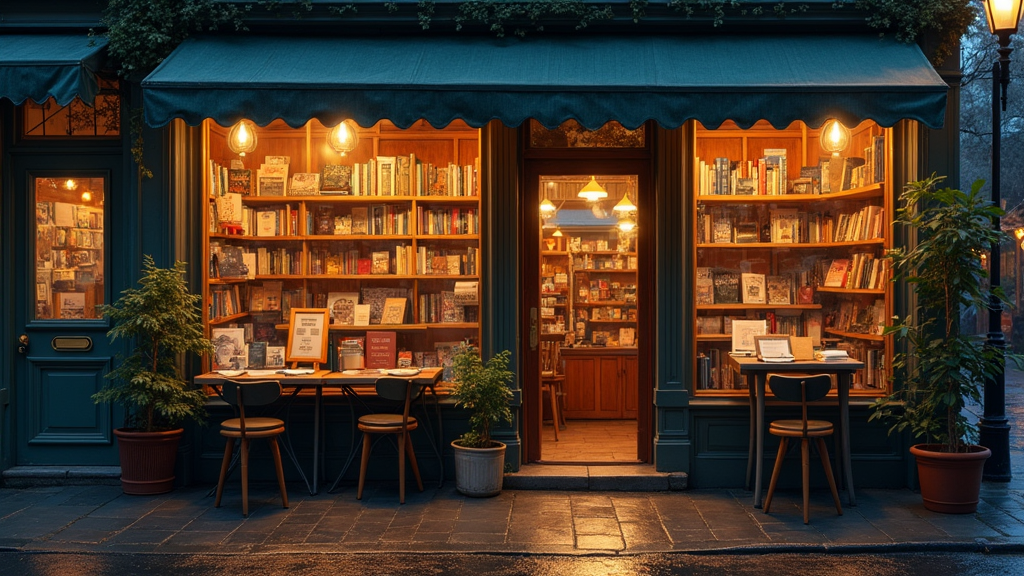
Leverage Text Rendering Capabilities Example: “Create a surreal advertisement poster for a fictional time travel agency with the text ‘CHRONO TOURS: YOUR PAST IS OUR FUTURE’”
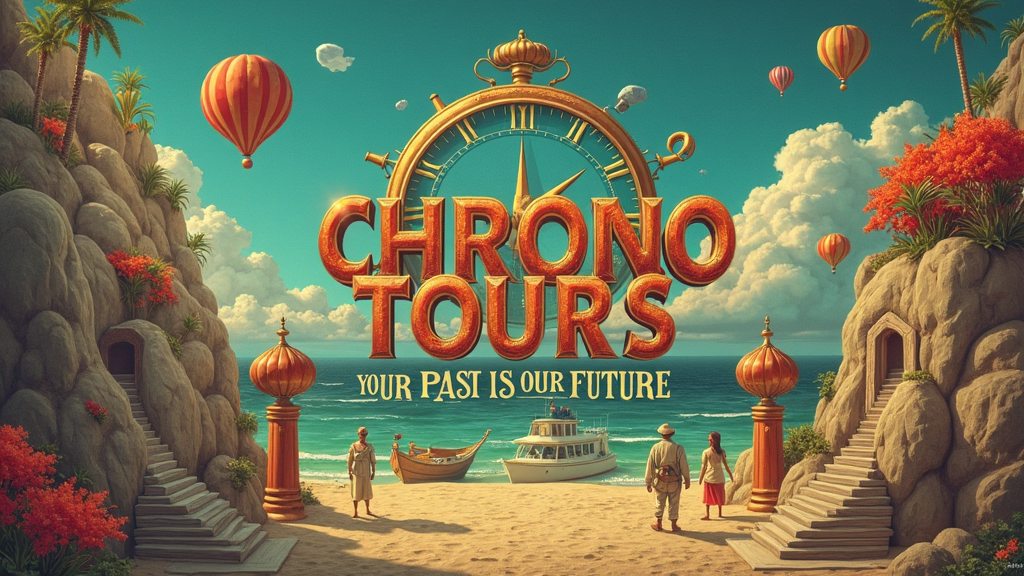
Experiment with Unusual Perspectives Example: “Illustrate a ‘bug’s-eye view’ of a picnic in a lush garden.”
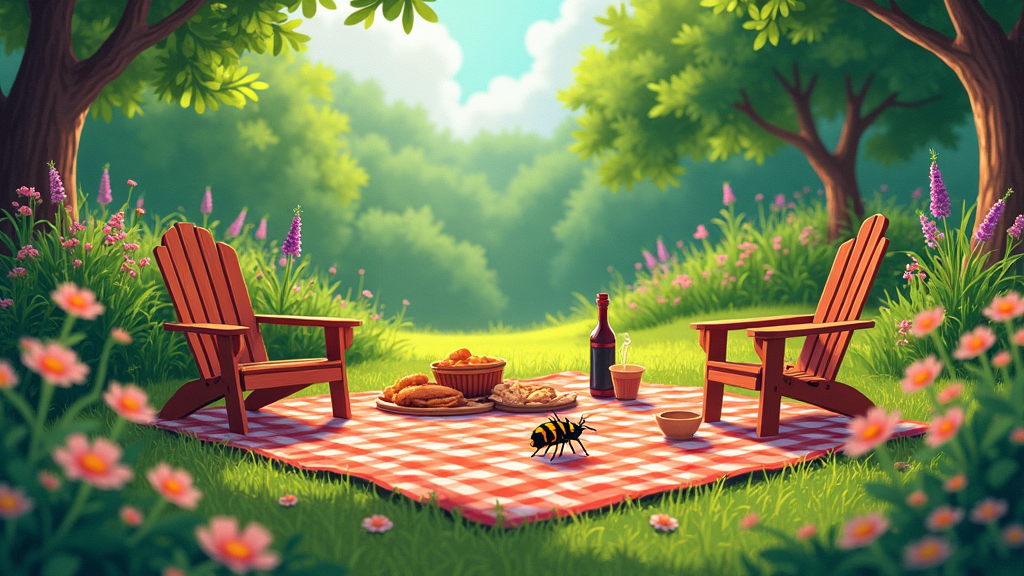
Advanced Techniques
- Layered Prompts Break down complex scenes into background, middle ground, and foreground.
- Style Fusion Combine multiple artistic styles in one image.
- Temporal Narratives Convey a sense of time passing within a single image.
- Emotional Gradients Create images that show a progression of emotions or moods.
Tips for Optimal Results
- Try different FLUX.1 variants
- Iterate and refine prompts
- Balance detail and creative freedom
- Use natural language
- Explore diverse themes
- Use technical terms when appropriate
- Consider emotional impact
Common Pitfalls to Avoid
- Overloading prompts with conflicting ideas
- Neglecting overall composition
- Ignoring lighting and atmosphere
- Being too vague
- Forgetting to specify style
Conclusion
Effective use of Flux AI’s FLUX.1 requires practice and experimentation. Balance specificity with creative freedom in your prompts. The model’s potential lies in your ability to guide it while allowing for creative interpretation. Whether you’re exploring tools like Flux AI Image Generator or searching for other creative applications such as AI Hentai Chat, there’s plenty of room to experiment and put your newfound knowledge into practice.